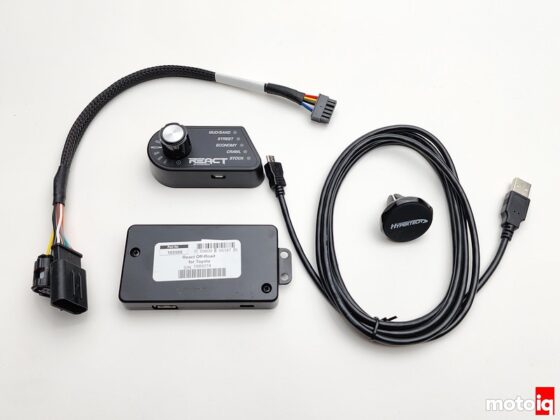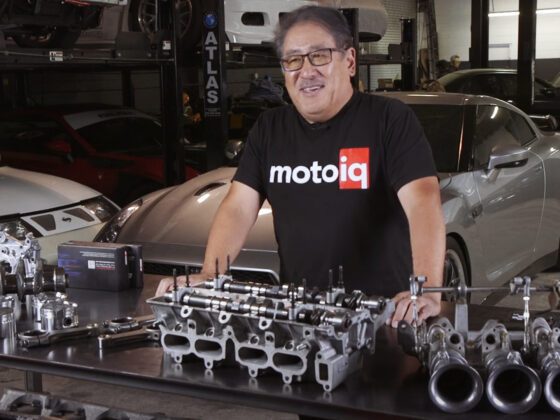 Ed- Ed- Emma Sage is an automotive-aerospace cross-industrial Human-Centered Designer with a never-ending passion for usability in the Motorsports space. Emma is an alumni and current board member of the Formula Society of Automotive Engineers and UI Designer for NASA Jet Propulsion Laboratory
Ed- Ed- Emma Sage is an automotive-aerospace cross-industrial Human-Centered Designer with a never-ending passion for usability in the Motorsports space. Emma is an alumni and current board member of the Formula Society of Automotive Engineers and UI Designer for NASA Jet Propulsion Laboratory
Everyone knows you find love when you least expect it…or, even better, when you’re not looking for it. Kind of like when you’re not looking for anything on the road because your autopilot has it covered…right? When we talk about mobility as a concept, it’s hard to wrap our heads around it because it’s such a meta topic. What I’m about to talk about is no exception.
At a high level, some of the most sophisticated autonomous driving systems on the road today (Tesla, GM, etc.) are just beginning to scratch the surface when it comes to driver adoption. These nibbles of autonomy are all that’s out in the world for now; momentary pauses in the journey to let the robots take the wheel. Inconsistent pauses, at that. Meanwhile, due to bureaucracy and a whole slew of human-related reasons, true autonomy waits patiently on standby in every OEM’s underground innovation lab. It’s both frustrating and completely valid…but it’s hard to put into words exactly why the distrust is so understandable.

It starts with one word: safety.
Source: https://www.simplypsychology.org/maslow.html
This might look familiar to some. Maslow’s Hierarchy of Needs demonstrates core human needs and their relative importance levels. Ideally, the bottom of the pyramid is satisfied before its higher levels. There have been those who argue that physical safety is required to be satiated first in order to obtain emotional safety, and there are those who argue vice versa. The bottom line is this: both emotional and physical safety are required as basic human requirements. The more these needs are met, the more motivation increases. The less they are met, motivation decreases. Once both forms of safety are established and maintained, now we graduate to the next level and start to seek a sense of connection. This fosters a different mindset, one where we shift out of survival mode and into a growth mindset.

That’s all fine and good, but we need to go deeper. So that begs the question: if we were to objectively list the elements that create physical & emotional safety in human relationships, what would they be?
From my experience, it comes down to these four elements:
Control. Consistency. Communication. Care.
Let’s talk about it.
Control & Consistency
Let’s take a look at this from the perspective of a romantic relationship. Your partner needs to feel safe in order to trust or relinquish control, much like letting their walls down in the early phases of a relationship. How do you create trust? You create familiarity (consistency) in your environment and your interactions. You establish and maintain a pattern of behavior. Additionally, you maintain dialogue, ask questions ahead of time, you communicate, and you communicate some more. You provide ample opportunity to let your partner lead, and you provide clear “exit route” strategies if your partner needs to regain control in an instant. If you make a decision that upsets your partner, you need to acknowledge it and discuss together what will be done differently next time (autopilot feedback, anyone?).
“If I do x, I can expect y. If I run through this interaction pattern enough times and consistently get the same results, eventually I’ll feel safe enough to let my guard down because I can reliably predict the outcome and how to regain control.”




